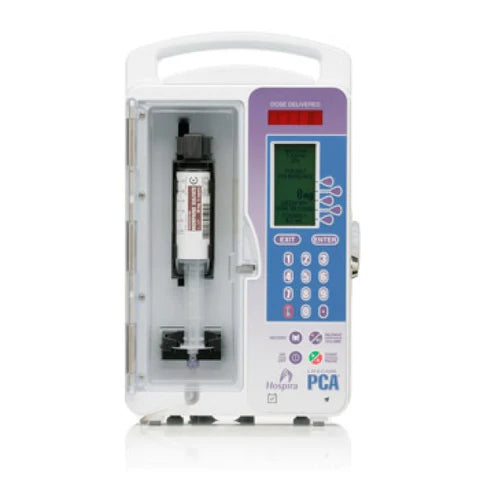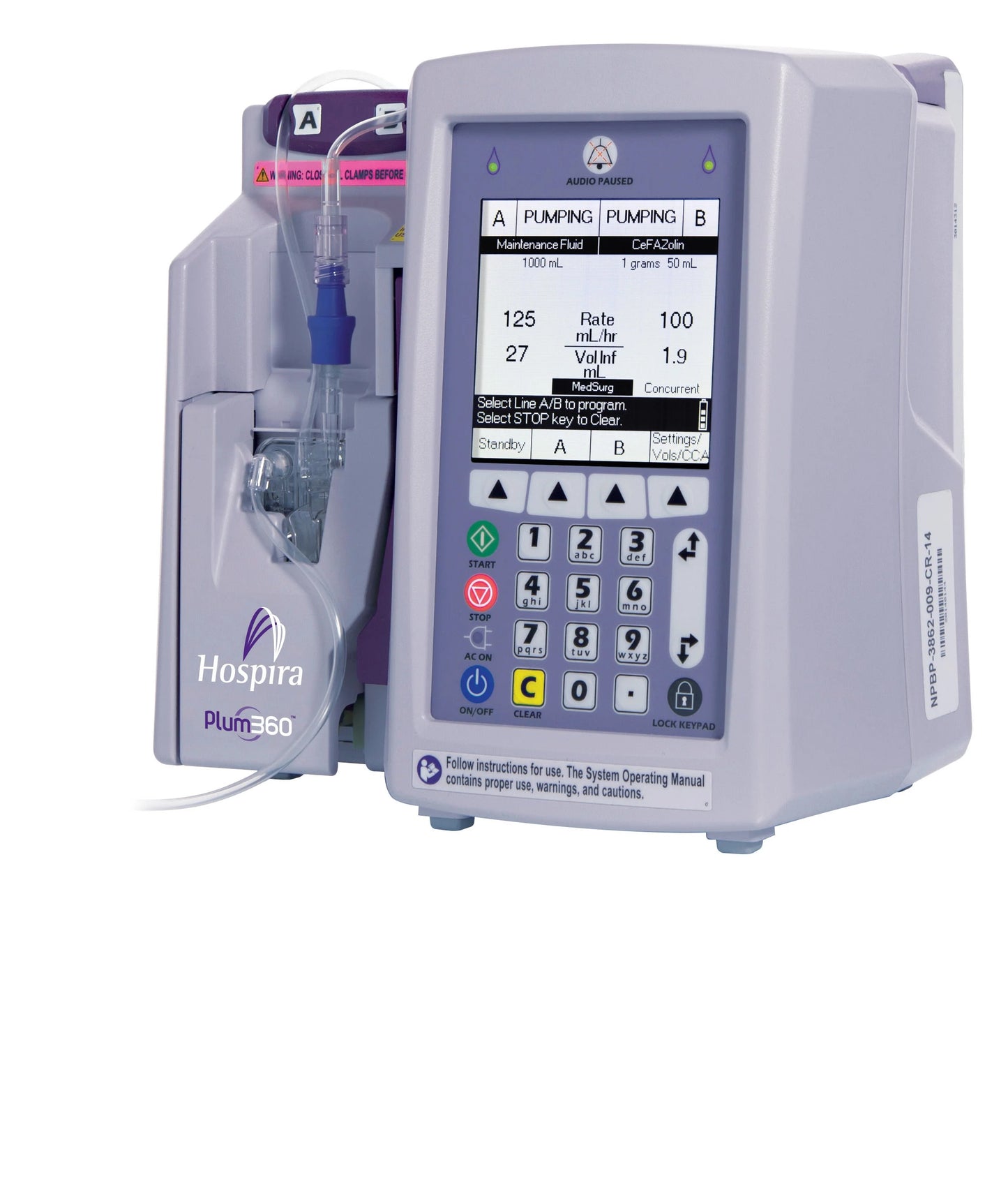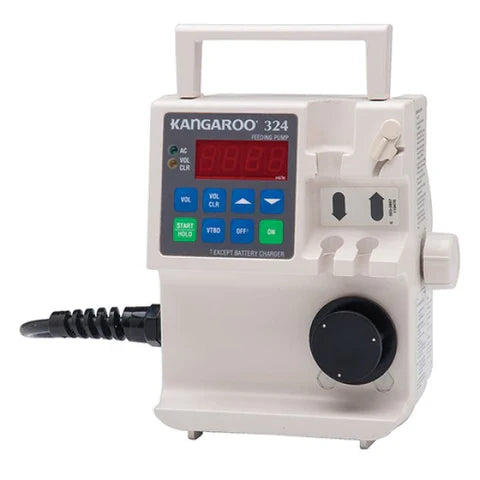
Patient-controlled analgesia (PCA) pumps are devices that allow patients to self-administer pain medication, commonly used in hospitals and outpatient settings to manage pain after surgery, childbirth, or other medical procedures. PCA pumps are commonly used to decrease pain, but it’s important they’re set up and used correctly.
As a leader in infusion pump sales, rental, and repair for medical professionals worldwide, United Infusion is providing you with a step-by-step guide to setting up a PCA pump to ensure that your patients receive the pain relief they need safely and effectively.
Choosing the Right PCA Pump
Choosing the right PCA pump ensures effective pain management and patient safety. Several factors need to be considered when selecting a PCA pump, including:
- The type of medication being infused: Consider the compatibility of the PCA pump with the specific medication prescribed, as some medications require specialized pumps or programming for accurate and safe delivery.
- The patient's condition and needs: Assess the patient's medical condition, pain level, and cognitive abilities. Confidently confirm the patient is capable of understanding and using the PCA pump safely and effectively.
- PCA pump's features and capabilities: Evaluate the features and capabilities of different PCA pumps to determine which one best meets the patient's needs. Consider factors such as the pump's size, weight, portability, user interface, and available alarms or safety features.
- PCA pump's compatibility with other medical devices: Ensure that the PCA pump is compatible with other medical devices that may be used in the patient's care, such as infusion pumps, vital sign monitors, or electronic medical records systems.
How to Set Up the PCA Pump
Once you’ve chosen a compatible PCA pump, follow these steps to set it up:
- Connect the pump to a power source by plugging the power cord into an electrical outlet.
- Turn on the pump by pressing the power button.
- Enter the programming mode by pressing the "Program" button.
- Set the patient's weight, height, and age by using the arrow keys to scroll through the options and the "Enter" button to confirm each selection.
- Select the drug to be infused by using the arrow keys to scroll through the options and the "Enter" button to confirm the selection.
- Set the infusion rate by using the arrow keys to scroll through the options and the "Enter" button to confirm the selection.
- Set the lockout interval by using the arrow keys to scroll through the options and the "Enter" button to confirm the selection.
- Set the bolus dose by using the arrow keys to scroll through the options and the "Enter" button to confirm the selection.
- Save the settings by pressing the "Save" button.
- Exit the programming mode by pressing the "Exit" button.
Remember that exact steps may vary based on the type of PCA pump you’re using.
Priming and Monitoring the PCA Pump After Setup
After the PCA pump has been set up, you must prime the pump and then monitor the distribution of the drug once infusions begin. Priming removes any air bubbles from the tubing and ensures that the medication is delivered accurately. Monitoring the pump is crucial for your patient’s safety and pain management.
By following these guidelines, healthcare professionals can safely and effectively set up and oversee the use of PCA pumps. When used correctly, this device provides a path to optimal pain relief to patients in their time of need.




